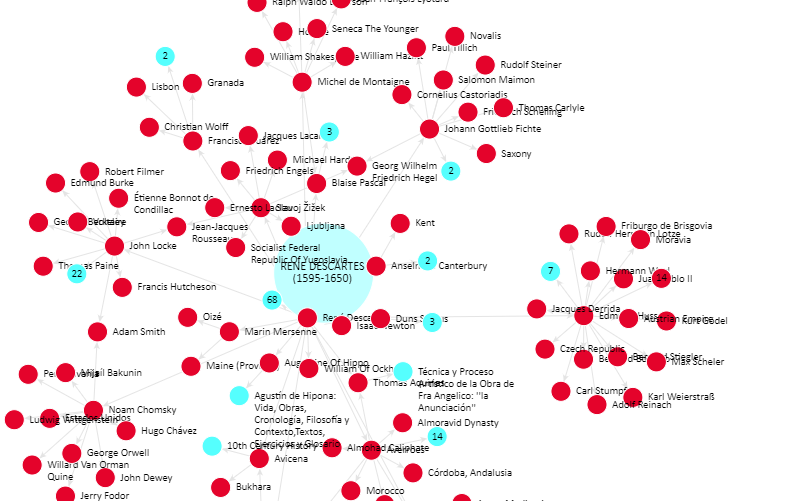
Cargando...
Cosa posso fare?
226539 materialEducativo
textoFiltroFichatipo de documento Articolo di Wikipedia Dbpedia Link all'articolo wikipedia
Info su questa risorsa...
Contenuti esclusivi per i membri di

Mira un ejemplo de lo que te pierdes
Categorie:
Tags:
Fecha publicación: 8.9.2021
Vuoi lasciare un commento? Iscriviti o inizia sessione
Si ya eres usuario, Inicia sesión
Aggiungere a Didactalia Arrastra el botón a la barra de marcadores del navegador y comparte tus contenidos preferidos. Más info...
Commenta
0